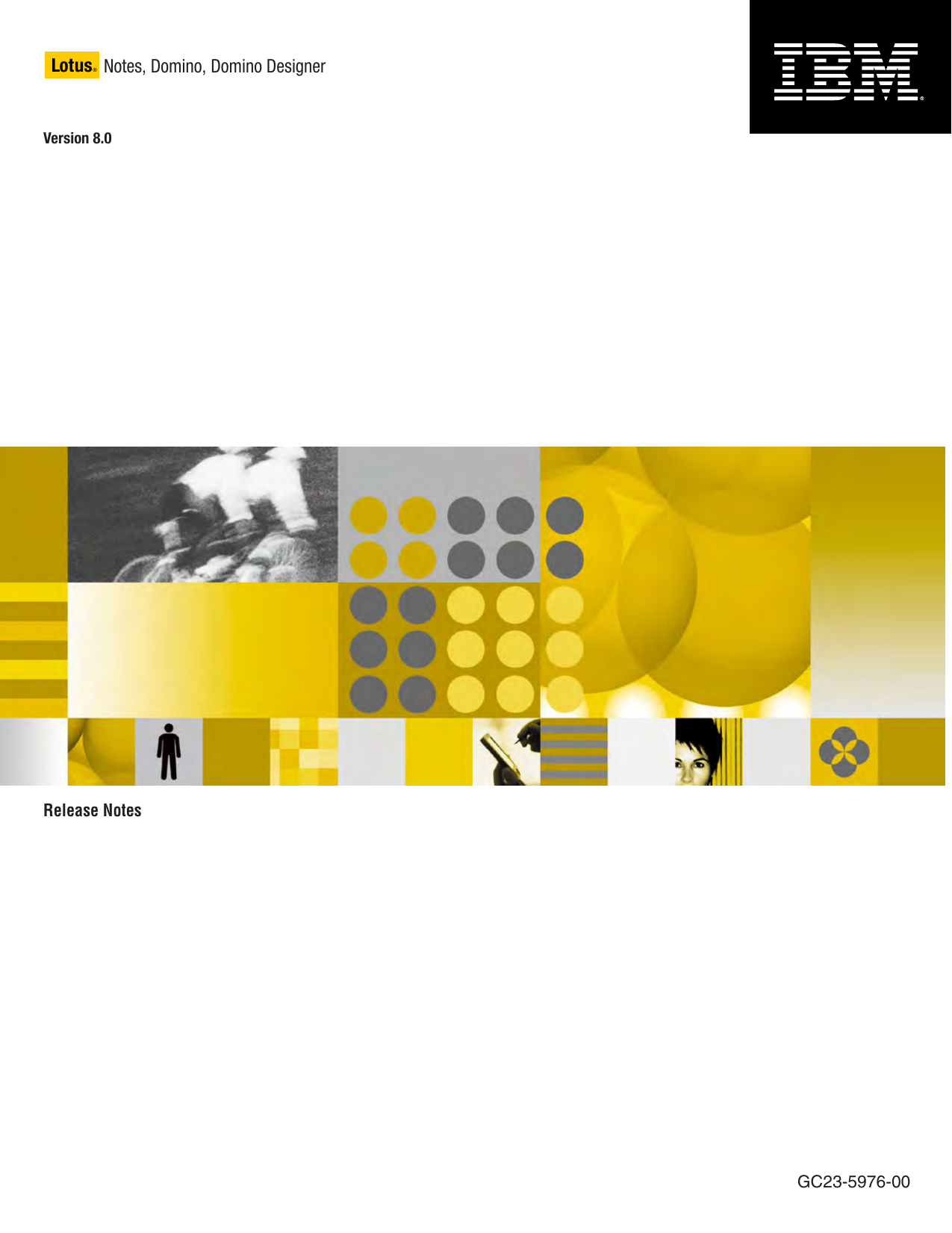

I also developed a simple physically-motivated model of the back surface which provides adequate fits to the measured QE. This effect is critically important when making photometric measurements at these wavelengths with solid state detectors. I derived a statistical test to measure the mean number of electrons per photon which increases from unity with increasing photon energy above a threshold of ~3.65 eV (340 nm). With this instrument I measured the QE of seven prototype devices that were manufactured with three different back-surface technologies.

As part of the detector development I designed and built an instrument to measure the quantum efficiency of a CCD over the wavelength range of 200-500 nm. The UV quantum efficiency (QE) is very sensitive to the results of the back-surface treatment, which stabilizes and protects that surface. The detector is a thinned, backside-illuminated charge-coupled device (CCD).

In the first part of this dissertation I present experimental research which contributes to the development of a UV-sensitive solid-state imaging detector for the HETE satellite.


 0 kommentar(er)
0 kommentar(er)
